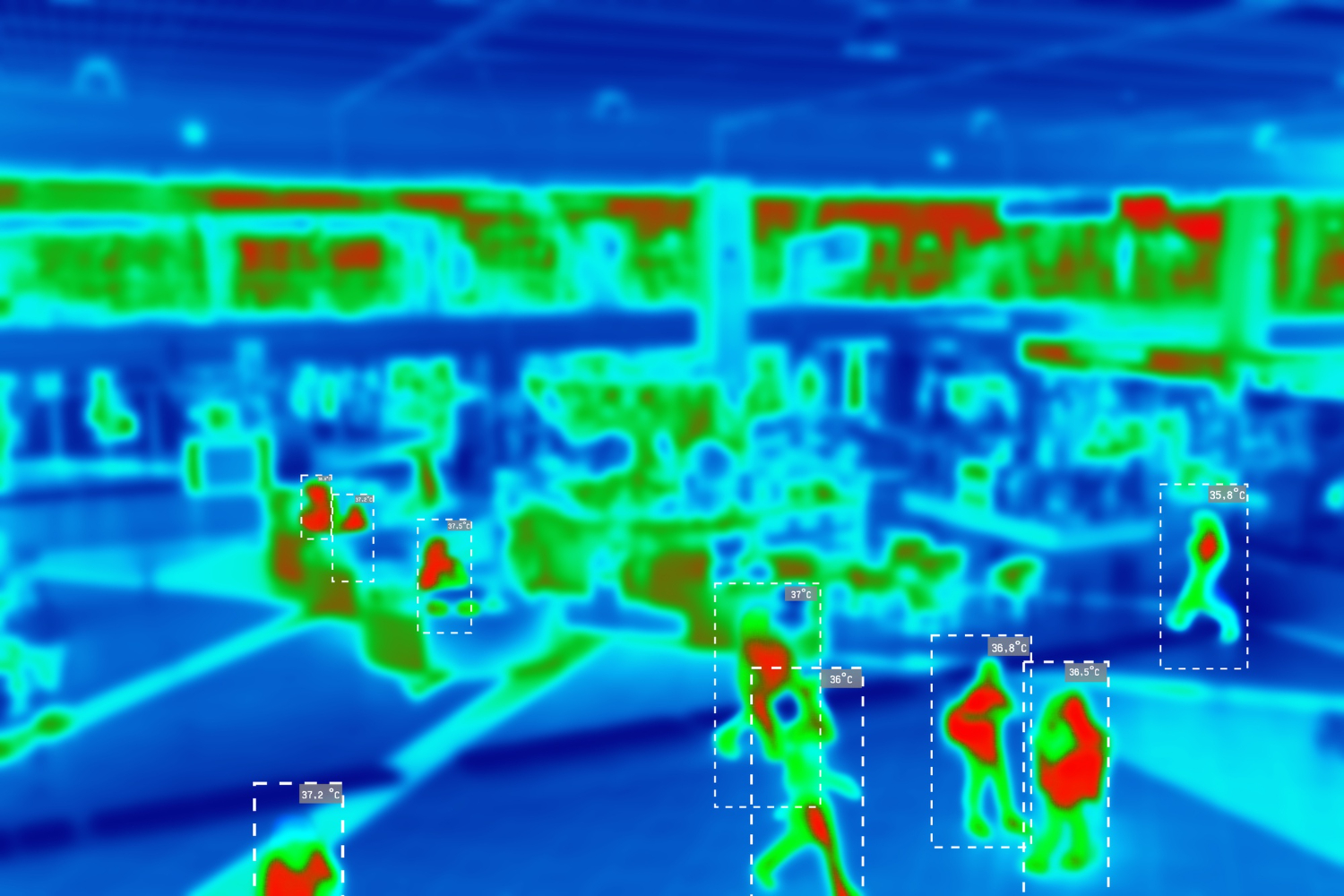In emergency response, secure and reliable RF communication is essential. Anomaly detection powered by AI helps identify issues in radio waves before they impact responders. Systems must work across the full frequency range—encompassing radio and television broadcasting, satellite communications, and mobile networks.
Why Anomaly Detection Matters in Emergency Response
RF signals carry vital data during disasters. Any sudden change in signal strength, noise, or interference could disrupt rescue operations. Real time detection of anomalies keeps channels stable.
Systems monitor fluctuations by tracking standard deviations from expected patterns. When a signal strays beyond thresholds, the system flags an outlier detection.
Such early alerts prevent loss of communication. Teams can switch to backup channels or satellite communications quickly. In the United States, first responders depend on highly reliable RF infrastructure. Anomaly detection ensures uninterrupted linkages with hospitals, fire teams, and law enforcement.
How AI and RF Work Together
Modern systems process time series data from RF receivers. They collect thousands of data points per second on frequency range, power, and noise. Machine learning algorithm then uses that data to learn normal patterns. This involves both supervised learning on labelled training data and unsupervised anomaly detection for unknown patterns.
Deep learning models detect subtle shifts in signal behaviour that traditional tools miss. They use anomaly detection methods such as autoencoders, clustering, and decision tree analysis to classify signals. AI reviews live RF streams and raises alerts the moment something deviates from the norm.
Real‑World Example: Interference Detection
Imagine disaster zones with multiple radio sources. Equipment may suffer interference or signal jamming. RF anomaly detection systems flag unusual power spikes within specific bands.
They raise alerts in real time, allowing operators to switch frequencies instantly. This maintains clarity and avoids miscommunication.
Data and Training Models
Developing robust systems relies on diverse data sets. These consist of labelled examples of interference, signal drop-out, or normal noise. Time series data from both technical test beds and field operations form the training data.
Supervised learning methods train models to recognise patterns linked to known RF threats. Meanwhile, unsupervised anomaly detection stays alert to novel disruptions.
Training deep learning networks on this diverse RF data set enables better accuracy. They learn from thousands of transmissions from handheld radios to satellite uplinks. The result: high detection rates and few false alarms.
Integrating Fraud Detection Techniques
Some emergency response systems carry sensitive data. RF channels may face spoofing attempts. The same AI used in fraud detection can apply here.
It looks for suspicious behaviours like signal mimicry or repeated access attempts. Detection flags allow teams to isolate bad channels and prevent breaches.
Read more: Case Study - Fraud Detector Audit (Under NDA)
Algorithms That Make It Work
Popular anomaly detection algorithms include autoencoders, clustering, and outlier detection. An autoencoder learns to reconstruct signal patterns. If input diverges too much, the model signals an anomaly.
Clustering groups similar patterns and flags those that fall outside clusters. Decision tree analysis further refines classifications, helping operators interpret alerts.
Why Timing Matters
Decision makers need instant access. Real time alerts grab operator attention immediately. No human can watch all RF signals constantly.
But AI processes thousands of time series data points every second. It watches frequency range, noise levels, and signal strength. The speed ensures minimal disruption in high stakes situations.
Deployment Across Platforms
Systems run on distributed nodes, from edge RF receivers to central servers. Some models run in the field on integrated circuits. These nodes scan signals and issue pre‑alerts.
Central servers analyse aggregated data in depth. These feed into console dashboards, showing maps of RF health. Teams can view alert logs, download time stamped records, and understand issues.
Scaling with Satellite Communications
Emergency response may rely on satellite communications when ground networks fail. AI trained on satellite RF data recognises changing propagation patterns or solar interference. Systems flag issues before voice or data services degrade. This critical capability ensures teams maintain reliable connections despite disruption.
Read more: Case-Study: A Generative Approach to Anomaly Detection (Under NDA)
Scaling Detection with Dynamic Thresholds
All emergency communication systems face variable conditions. Signal strength may shift due to terrain, weather, or interference. Static thresholds can fail. AI techniques create dynamic thresholds based on moving averages and standard deviations.
Over time, the system adapts to changing baseline noise across frequency range and radio waves. When deviations exceed dynamic limits, they trigger alerts. These thresholds adjust per channel, per time zone, and per receiver. This means anomaly detection works even when conditions shift.
Continuous adaptation helps in real world use. An emergency operation in a city will differ from one in a rural area. Urban RF may host many signals; machines learn this noise floor and avoid false alerts.
Rural operations may encounter satellite communications with distinct, stable patterns. The system adapts to both and flags anomalies only when serious deviations arise.
Managing Large Data Sets in Real Time
Every receiver produces a stream of time series data with thousands of data points per second. Data includes signal amplitude, phase, noise level, and frequency metadata. Fog nodes process this locally with supervised learning models. The most suspicious cases get sent to central servers.
These deep learning systems run anomaly detection methods on aggregated data sets. Trained models react instantly while reducing data traffic. The system only uploads flagged events and summary statistics to save bandwidth.
This is crucial in remote or disaster zones. Emergency responders often depend on limited internet service. By processing most signal data locally, systems remain effective. Only important RF anomaly detection results travel over WANs.
Multi‑Modal Sensor Fusion
RF anomaly detection systems now combine multiple sensor inputs. They may include data from ground sensors, satellite status, or weather meters. AI tools fuse these sources with RF data sets.
This improves accuracy. If signal fades due to heavy rain, the system learns to ignore it. But if signal disappears during clear weather, that may indicate jamming. The system flags it promptly.
This fusion also helps prevent false positives. In the United States, mobile networks temporarily cut signals during storms by design. AI understands these scheduled drop events and pauses anomaly alerts.
Read more: AI-Powered Video Surveillance for Incident Detection
Incident Prioritisation and Response Coordination
Automated systems generate numerous alerts during large emergencies. Organisations need to triage these alerts in real time. Scoring is based on anomaly severity, affected frequency areas, and historical patterns.
Alerts feed into decision trees that determine operator response. Systems present operators with actionable advice like: “Switch channel to backup,” or “Activate satellite link.” This structured approach improves decision quality and reduces overload.
In some cases, AI may propose repairs or replacements. Systems might detect a failing antenna or loose cable based on reduced signal strength and high variance. Such suggestions provide rapid guidance for field teams.
Learning from Past Instances
Data from previous deployments gets stored and used for future model training. After-action reviews feed data back into data sets. Models retrain overnight or weekly, updating anomaly detection algorithms with new patterns. These learning models reduce false alarms and improve detection of novel anomalies.
Organisations can tag signals as ‘benign’ or ‘threat’ for supervised learning updates. Systems using both unsupervised anomaly detection and supervised labelling perform better with mixed data. This hybrid method improves response accuracy.
Compliance and Reporting
Emergency response systems must adhere to regulatory standards. RF communications are subject to frequency licensing rules. Anomaly detection logs include full documentation of triggered events.
These logs show frequency range, timestamps, signal stats, model version, and operator actions. These reports ease audits and help teams secure funding or licensing renewals.
Importantly, anomaly detection alerts too must avoid personal data breaches. Systems must process metadata and signal metrics without capturing sensitive content. This focus ensures compliance with regulations and security best practices.
Read more: IoT Cybersecurity: Safeguarding against Cyber Threats
Benefits for the Emergency Response Ecosystem
-
Resilient links: AI detection keeps RF paths active when it matters most.
-
Fast response: Automated alerts reduce human intervention.
-
Greater coverage: Live monitoring across ground and satellite channels.
-
Higher trust: Reliable communications foster safe operations.
What TechnoLynx Can Do
At TechnoLynx, we specialise in building AI-driven anomaly detection platforms for RF communications. We collect and label RF data, covering radio waves from handheld devices to long-range satellite signals. We design tailored machine learning algorithm pipelines to support both supervised learning and unsupervised anomaly detection.
We deploy systems into field-ready, real time environments using edge computing on secure integrated circuits. We connect them to central servers for broader situational awareness. All RF anomalies are logged, tagged, and made ready for download and share by operator teams.
We build dashboards that visualise frequency range health, standard deviations, and detection alerts. We help emergency services and telecom carriers maintain critical communications service even during major disruptions.
With TechnoLynx, your RF networks become resilient, responsive, and ready for the next incident. Contact us now to start collaborating!
Image credits: Freepik













